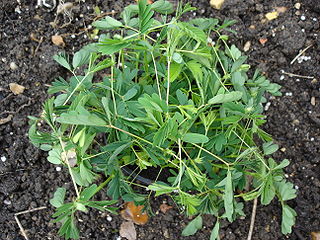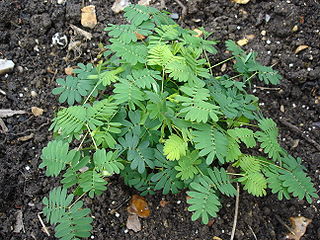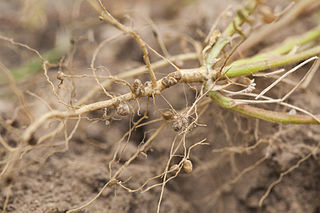Adaptation
M. pudica is known as the “Sensitive Plant” because
it moves in response to stimuli (Ombrello). These movements can
be referred to as “seismonastic” (Allen 1969). This adaptation
may help protect it from predators. It is thought that this
adaptation is defensive and could be used for demonstrating
thorns, which would repel predators. Though the mechanism by
which this plant undergoes these movements is not fully
understood, research has demonstrated that it is driven by
chemical responses (Allen 1969).
Additionally, the plant, like other plants in the family
Fabaceae, M. pudica has nodules in its roots. This
adaptation allows it to be in symbiosis with bacteria that can
fix nitrogen (Chen 2006). Nitrogen is an essential element for
all plants, but plants cannot fix nitrogen on their own.
Nitrogen is a necessary element in chlorophyll and DNA, as well
as many other necessary molecules, such as enzymes and other
proteins. Because the plant lives symbiotically with these
organisms, it has access to nitrogen for use in these important
molecules (Bergersen 1971).


Its leaves close in response to stimuli, but are normally open,
as seen in these images.
 Root
nodules for fixing bacteria.
Root
nodules for fixing bacteria.
You can go on to the Reproduction page to learn about the life of M. pudica
For the cited refrences, see the Refrences page.